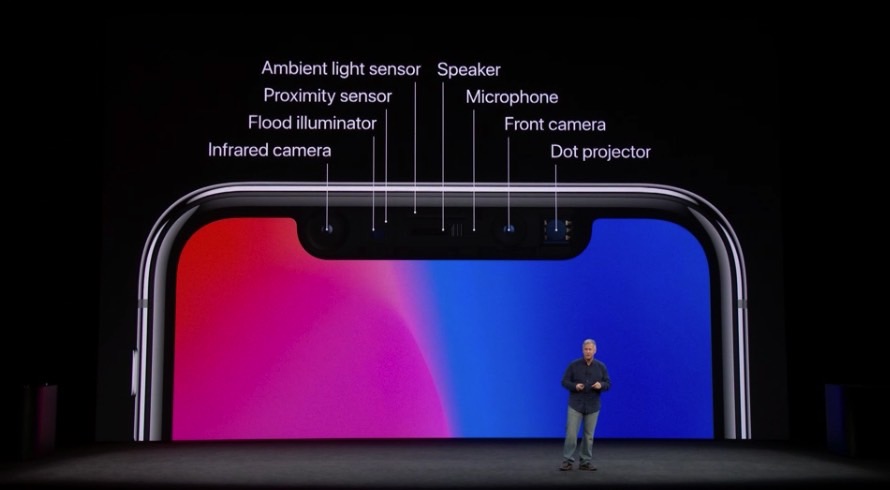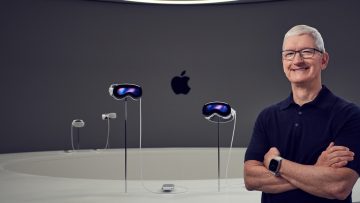The iPhone X imposed the notch as a must-have design feature, as almost every Android device maker that matters copied it this year. Samsung is has been both a surprising and refreshing hold out. But just because we’ve accepted and embraced the notch doesn’t make it any better looking than last year. It’s still a bezel that cuts the top of the display in half, a compromise that we accept as we wait for Apple — and everyone else — to create the perfect all-screen smartphone.
We’ve already seen the first almost perfect all-screen designs, but they’re not going in the direction the industry is heading. Chinese companies created all sorts of slide-out selfie cams to remove the notch, but those devices still come with a bottom bezel, a feature the iPhone X doesn’t have. Not to mention that slide-out cameras aren’t Face ID-friendly. Even worse, they may compromise a phone’s water resistance.
In the not so distant future, Apple will figure out ways to place the TrueDepth and FaceTime cameras behind the screen. The front-speaker and other front-facing sensors would also need to go behind the screen. But before that happens, Apple and other smartphone vendors may use a brand new product to beautify notches on all-screen phones.
Largan is developing a “pure black” coating for selfie cameras that would allow smartphone makers to make front camera invisible to the naked eye. As it is right now, you can easily see the selfie cam on any smartphone, not just the iPhone. Some may say that’s a displeasing design detail, but it’s just how camera physics works.
The new pure black coating will allow the camera lens to disappear in the background. Mind you, this isn’t technology that would allow Apple, or anyone else, to place the camera beneath the screen. It’ll just make the lens invisible. If Apple ends up developing a display that can be overlaid on top of cameras, then there might be no need for the pure black coating.
The technology isn’t official, and the first devices to make use of it may only arrive in 2020, MacRumors says. But the project isn’t exactly a well-kept secret, as it’s been detailed in Taiwanese news sites Economic Daily News and MoneyDJ, both quoting the same report from GF Securities Jeff Pu.
Because the Apple is a Largan customer, Apple seems like a likely candidate for using such technology on new iPhones. But up to two companies may adopt it in 2020, the report says, without mentioning any brands.
Given that more Android vendors are launching phones with more than one front-facing cameras, it wouldn’t be surprising to see some of Apple’s biggest rivals make use of the rumored coating. After all, selfie cams are visible on any smartphone, whether there’s a notch or not.








